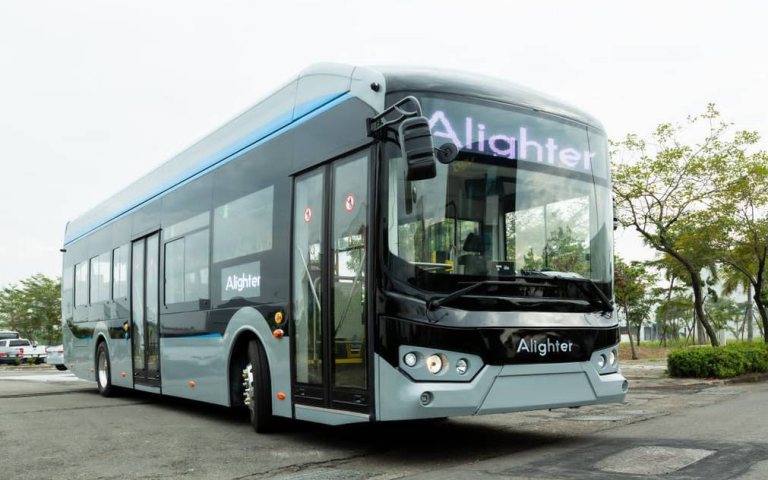Ecuador, a country that seeks to catch up in terms of electric mobility through public service buses, which for 10 years has been being analyzed together with other sustainable technologies such as hybrid vehicles. This to align with the speed that the world is facing in the search to be more friendly to the environment in terms of emissions at all levels.

Although there is a commercial approach, the implementation of more cutting-edge technologies is still a challenge, as is the case of the use of electrical energy in vehicles, especially in collective passenger transport vehicles. This step inevitably entails the study, the analysis of a regulatory framework, as well as a number of tests that endorse and approve said vehicles, as well as the regulations that dictate the endorsement, traffic safety, use of electric technology buses. , which are already governed in many countries by different global regulations.
For some years in Ecuador, different meetings such as seminars, conferences, training, dissertations about hybrid and electric vehicles have been held in order to enter the market of this country.
The main regulations are in Europe, North America and Asia, which are setting the standard for being pioneers. In the region, countries like Colombia, Chile, and Uruguay are benchmarks.
There are different kinds of tests that evaluate critical parts, such as batteries, where accelerated tests based on virtual models are combined, as well as real tests carried out by manufacturers.

The standards that apply to comply with the safety requirements of electrical systems and components are:
For the rechargeable energy storage system, protection against electric shocks and safety signage must comply with the following international standards:
Regulation 100 CEPE/ONU.
Code of Federal Regulations 571.305 CFR 49-571 of the USA.
S.R.R.V. Attachment 101,110 and 111 from Japan.
K.M.V.S.S. Articles: 2, 18-3 and 91 from Korea.
For the load coupling system, it must comply with the standards:
SAE J17772 Electric Vehicle conductive charge coupler.
IEC 62196 (ISO/International Electrotechnical Commission) Plugs, socket-outlet, vehicle connectors and vehicle inlets – conductive charging of electric vehicles.
Japan Electric Vehicle Standard G105-1993, CHAdeMO DC fast charger.
For the acoustic vehicle warning system, it must comply with the following standards:
Regulation (EU) 540/2014.
Code of Federal Regulations 571.141 CFR 49-571 of the USA.
There are many other standards for batteries, their lithium components, energy storage, power, useful life, hybrid systems, etc.

